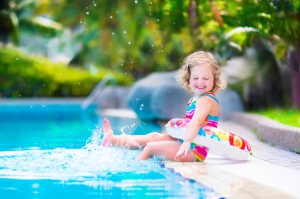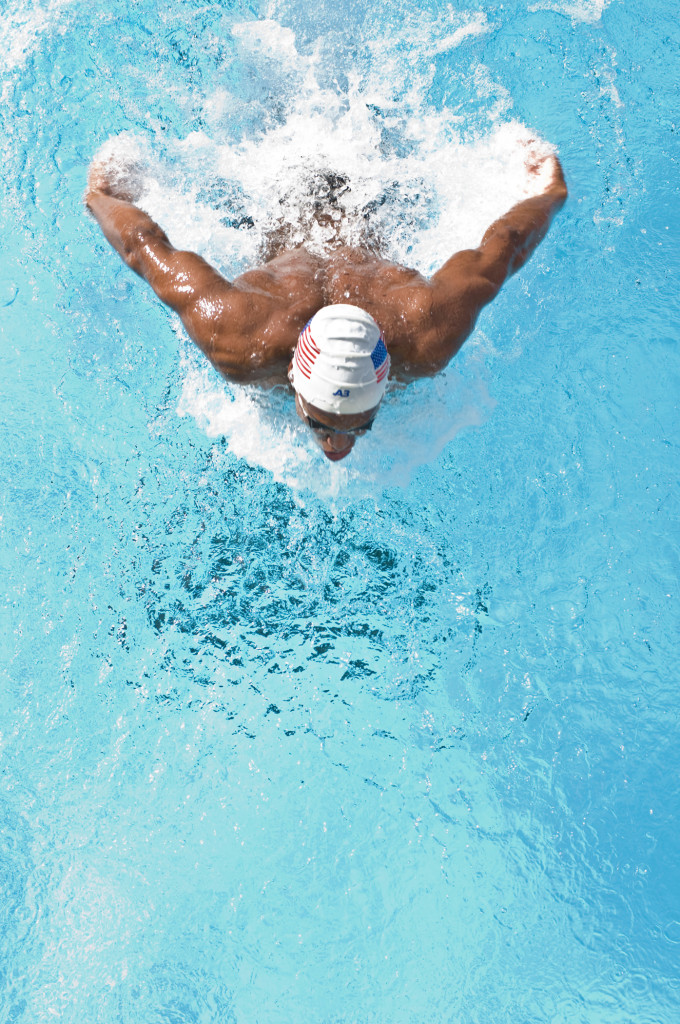
Once you install a new pool in your backyard, you should be prepared for your home to become the gathering point for all your friends, family members, and neighbors. There's a difference between hosting some guests in your backyard, and entertaining those guests. With the addition of these must-have accessories, you'll create the perfect environment in your backyard to entertain guests around the pool.
Slides
Kids aren't generally picky when it comes to a pool. If there's water and the chance to swim around, children will hop right in and enjoy the cool waters. If you want to give them something more to do, you can purchase a slide such as the Typhoon Slide or Turbo Twister Slide to give the kids a chance to enjoy a waterpark thrill in the comfort of your backyard.
Umbrellas
Everyone enjoys the sun's warm glow, but if you're going to be spending the whole day outside around the pool, you'll inevitably want some shade to escape those warm rays. There are countless options when it comes to selecting an umbrella for use in the backyard. Canton umbrellas with collar tilts are common choices, due to simplicity. They can be used as standalone umbrellas, or placed next to seating areas.
Bimini Cantilever umbrellas are portable and use heavy stands that sit off to the side, casting shade over a larger area without having a stand in the middle of a seating area. Of course, there are also umbrellas included in seating arrangements, where the umbrella stand comes up through the center of a table to cast shade over those seated at the table.
A unique option is the Blue Wave Light. This accessory can be added to most umbrellas, and provides light under the umbrella as you enjoy those warm evening breezes outdoors around your pool.
Pool Stools
If the primary users of your backyard pool are older children and adults, pool stools offer a great option for in-pool seating that creates a unique experience. These LED Pool Stools are adjustable to three- or four-foot depths. They are not fixed to the bottom of the pool, but rather, feature a weighted base that helps hold them in place. An included remote control allows you to fade, flash, and change colors on a whim, adding brilliance to the nighttime ambiance around your pool!
Fountains
Even if you purchase a simple swimming pool for your backyard, you can add a fountain at any time that adds entertainment to your backyard. The Raindance Deluxe Spinning Fountain comes with its own water pressure valve, universal adapter kit, transparent, flexible plumbing, and anchor that allows you to install and remove the fountain as you choose.
Your pool doesn't have to be the only source of entertainment in your backyard. While there is nothing wrong with a pool alone, adding a few extra accessories can transform a backyard with a pool into the ultimate entertaining area that will leave all your neighbors feeling jealous.
Do you have pool accessories in your backyard? Which one is your favorite?















